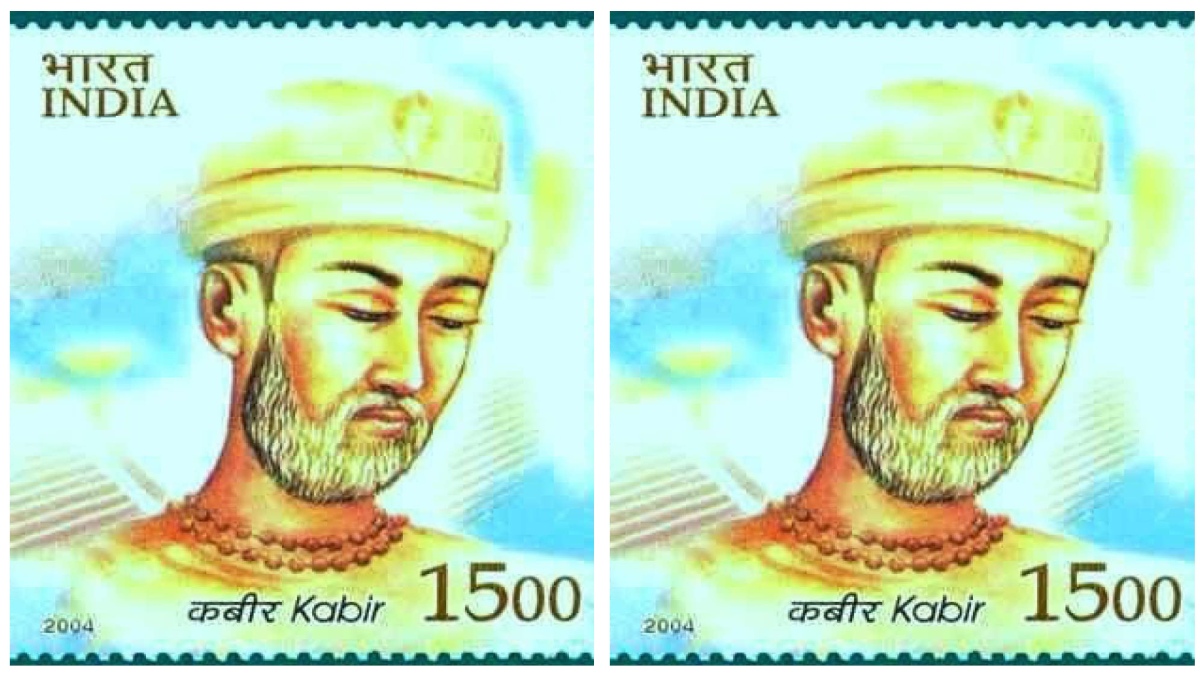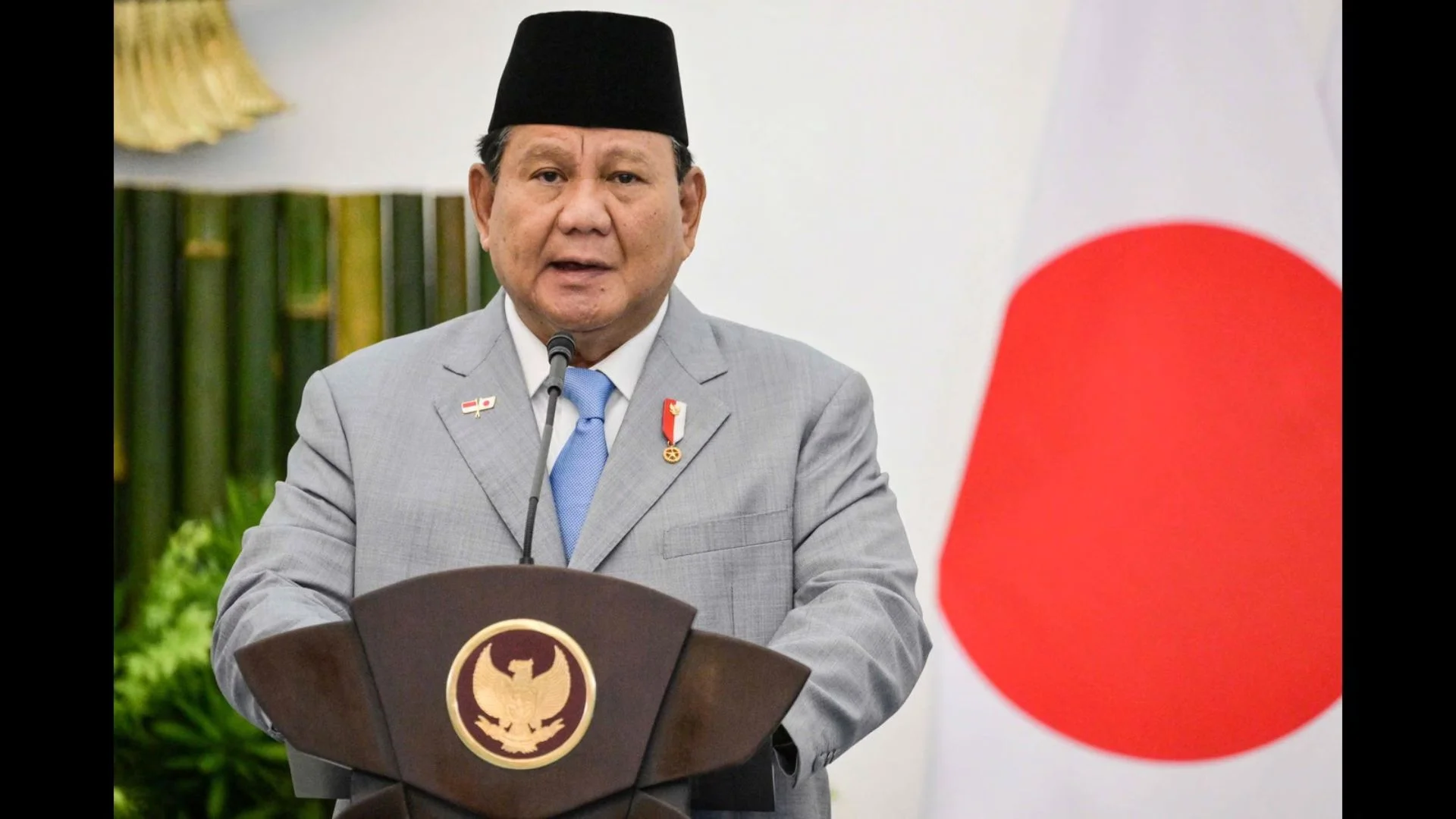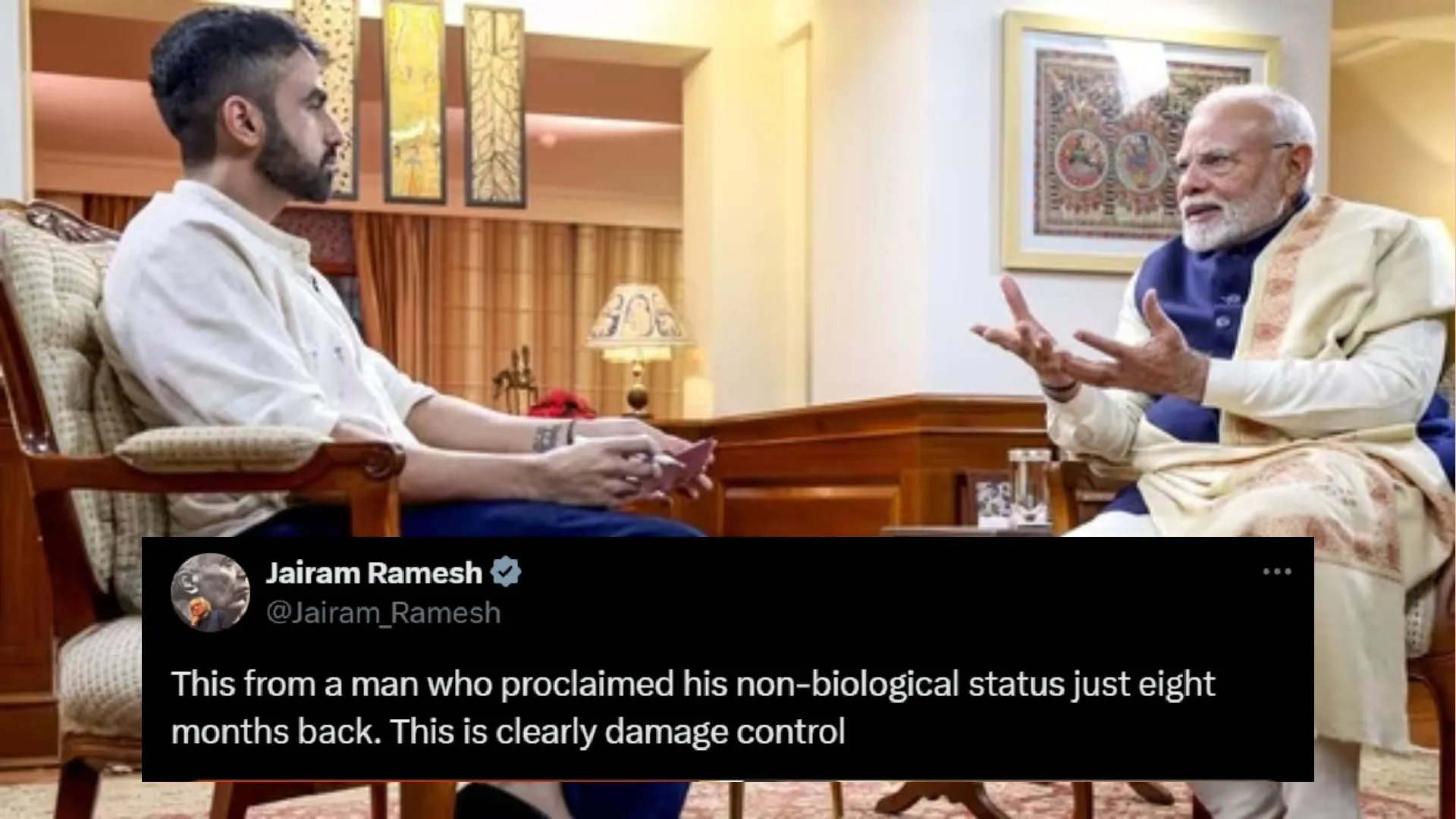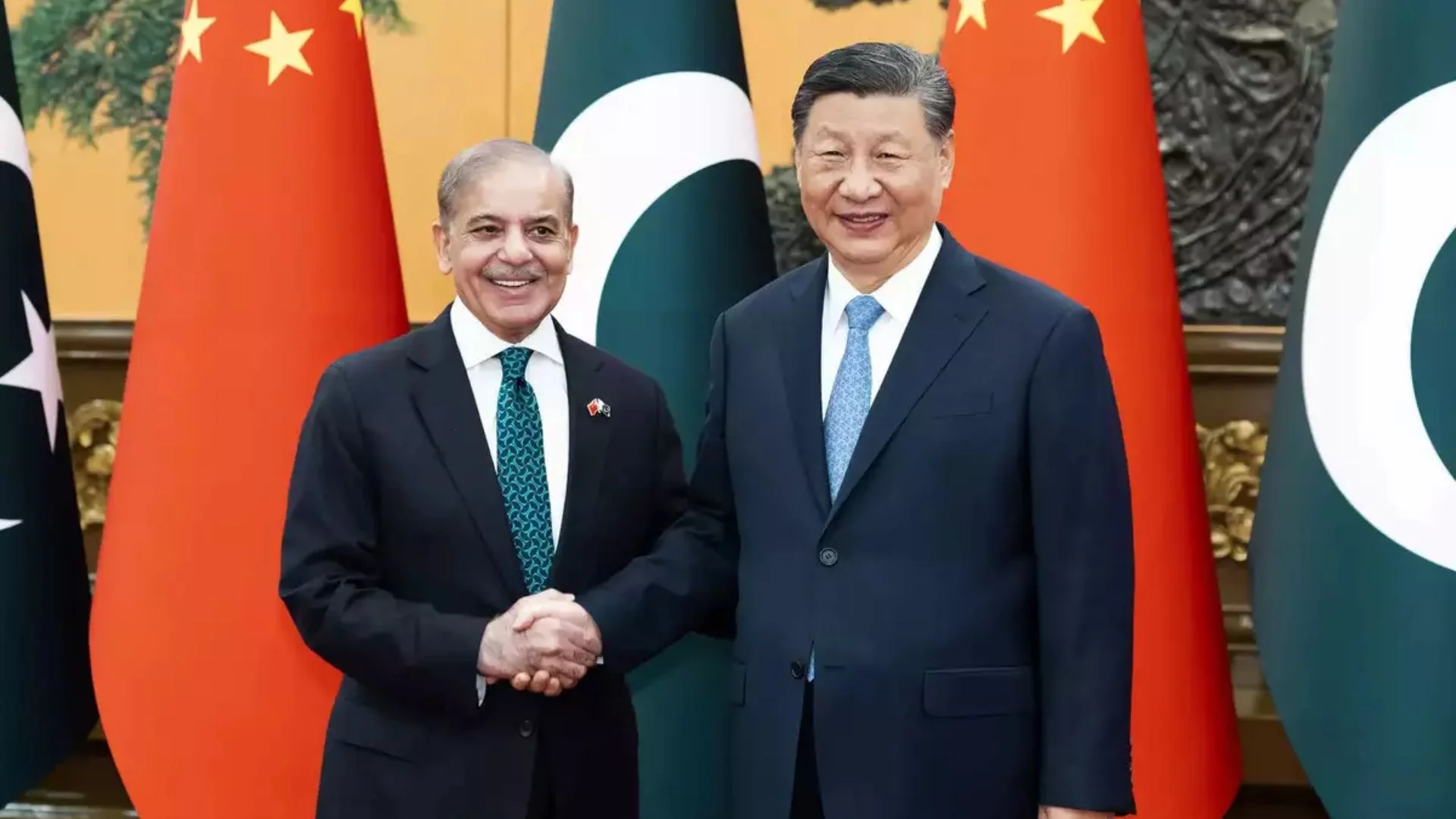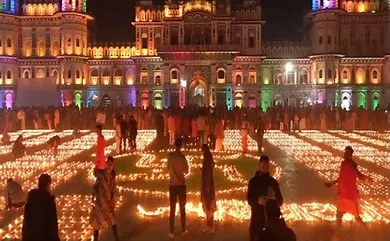15th century India was a land of poets, saints and yogis, the epoch of resistance towards orthodox religious customs, and the commencement of the Bhakti movement. When celebrating the mysticism and philosophy of the Bhakti movement, one name without which the festivities are incomplete is that of Kabir. He is a manifestation of bhakti in its crudest form. The name Kabir Das is a harmonious amalgam of two words from different dialects, while Kabir is one of the 99 names of Allah in the Quran, the word Das is customarily affiliated to Hinduism. The charm about Kabir is the idea of discovering divinity (Ram) within oneself. He believes that Ram dwells in every human being and can transcend ordinary people to infinite happiness irrespective of their caste, creed or gender. But one enigma that may arise is: are the teachings of a medieval poet relevant in the 21st century? Answering this question, we gaze at Bhisham Sahni’s ‘Kabira Khada Bazaar Mein’. This drama tries to implement the teachings of Kabir in the contemporary world. Kabir characterises the need of raising one’s voice against the wrong and stresses the need for righteous acts, these teachings make him more relevant than ever in a world where people are lost amidst the fog of communalism and extremism. The doha mentions the importance of truth and how the world deals with it, “Saints, I see, the world is mad, if I tell the truth, they rush to beat me, if I lie they trust me. Hindus claim Ram as the one, Muslims claim Raheem, then they kill each other, knowing not the essence.” Kabir preached the idea of Bounded-Boundless or Had-Anhad and emphasised equality in all its forms.
The renowned poet believed in the notion of Sahaja-Yog, and the art of writing was recognised as ‘khadi boli’. The quatrains of Kabir are written in a condensed language, embellished with ocean deep meanings. He opposed the wrongdoings of both Hinduism and Islam and incited people to follow the path of Bhakti or absolute devotion to God, through the means of music, dance, and mystic proceedings. In his time, Kabir stirred the period of the renaissance by challenging the orthodox norms. And in the modern world, Kabir’s dohas have revolutionised the music industry. In a world full of gloomy days, Kabir’s dohas would soothe the soul. There are some artists whose contributions are important to mention. The soulful music of Shabnam Virmani or Shubha Mudgal would let you experience nirvana right from your home. Pt Kumar Gandharva sings mystical Nirguna bhajans where he carves new ragas and experiments with music. Sublime classical music of Pt Chhannulal Mishra and excellent rendition of Kabir Dohas by Gulzar and Abida Parveen are some of the branches of music that justify the magic of Kabir’s dohas. Kabir’s musical community is not limited to Malwa or Rajasthan, or Kutch or Karnataka, his voice has followers in Pakistan, Nepal and across the whole world. One of the most well-known teachings of Kabir was to stop finding satisfaction and compliance in the external world, he taught that divinity lies within oneself. The Doha mentions this beautifully, “Jaise til mein tel hai, Jyon chamak mein aag, Tera sai tujh mein hai, Tu jaag sake toh jaag.” Just as the seed has oil, and the spark is the essence of light, divinity lies within you, realise this if you can. Existing in the pandemic gave us an epiphany, it made us understand the significance of affection, relationships, and health. It gave us ample time to recess from our industrious lives and plunge into introspection. Kabir puts this wonderfully and says, “Dhai akshar prem ke, padhe so pandit hoye” which means love is a small word, the one who understands it, is enshrined. He exhorted the purport of savouring a simple life, he was a weaver and a craftsman, and similar to his compositions, he was as simple as one could be. Covid-19 made it clear that money matters only to some extent, diseases do not discriminate between the wealthy and the impoverished, both meet the same fate. Kabir says, “May I have just enough for my clan. May I never starve, and never have to turn away the hungry.” Another vital teaching is related to judgement. Individuals have an intrinsic tendency to judge people and spread rumours, but what they miss is the fact that we would never know what a person is going through in their life. These times of pandemic have devised many in darkness, all we can proffer is a ray of hope and an assurance to them. Kabir says, “When I started to look for evil, I could not find any. When I started to look inside my heart, I found out that I am the evilest.”
Kabir is not merely a name, he’s a character beyond identity. Kabir never associated himself with a particular religion or a school of thought. He relished a modest life and never hesitated in highlighting the elements he considered wrong. This has a valuable lesson to learn, in times of this pandemic, we must evolve beyond our identities to aid those in dire need. As one travels along the Indian subcontinent, one would find varying versions of Kabir and multiple claims and definitions. Kabir has been a mystery in himself and cannot be limited to a place. He owned no boundaries of caste or religion. The roots of this tree can’t be found, the world will tire in search of them. Kabir’s influence was so prominent that at the time of his death, both Hindus and Muslims clashed over his body. The Hindus wanted to cremate his body in Varanasi, while the Muslims wanted to bury it in Maghar. A fascinating tale is knitted around this event as well. It is said, while people were battling over his body, his corpse vanished and there were just a few flowers left behind. Seeing those flowers, both the communities divided them amongst themselves. Hindus burned them, while the Muslims buried them. The matter of interest is not the authenticity of the story, but the lesson it attempts to teach. The most noteworthy takeaway from the life and teachings of Kabir can be placed in this concluding couplet, “Why cry, Kabir Kabir? Be aware of yourself! Get the five senses in control, and you are Kabir himself.”
Rajesh Mehta is a leading consultant and columnist working on Market Entry, Innovation and Public Policy. Deshna Jain is an intern at NITI Aayog and a researcher with keen interest in public policy and economics.

